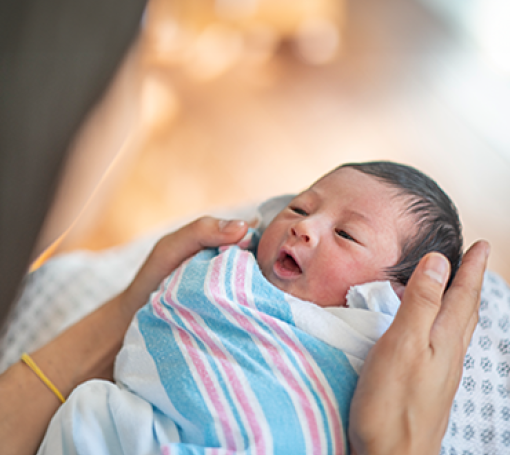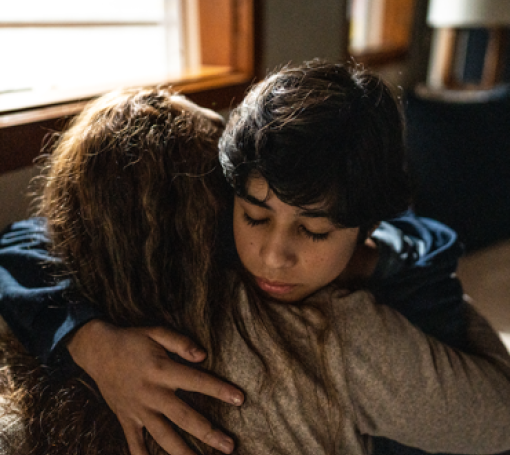What are the symptoms of pink eye?
Pink eye (or conjunctivitis) occurs when the layer covering the white part of the eye (conjunctiva) becomes infected or irritated. Pink eye is very common and contagious in children. Symptoms of pink eye include:
- Redness or pink color to the white part of the eye
- Eye irritation
- Increased tears or watery eye
- Puffy or mildly swollen eye
- Pink eye is not caused by trauma or injury to the eye
What causes pink eye?
- Virus: Eye appears pink or red, without pus or discharge. Pink eye is most frequently caused by a virus, often accompanying a cold.
- Bacteria: Eye appears pink or red, with pus, discharge, and/or eyelids stuck together.
- Allergy: Eye appears pink, itchy, watery. Often accompanied by nasal allergies (sneezing and clear nasal discharge).
- Irritant: Eye appears pink or red due to a substance in the eye such as sunscreen, soap, chlorine, smoke, or touching the eye with residue on dirty hands.
- Contact Lens: Eye appears red or pink after contact lenses kept in overnight or improper cleaning of lenses.
- Foreign Object: If only one eye appears pink or red and is painful, a foreign object may be causing the irritation.
How is pink eye treated?
- Viral: Typically does not need to be treated if accompanied by a cold. Lasts about 7 days.
- Bacterial: Requires prescription eye drops to fight off bacteria.
- Allergic: Over the counter drops may be recommended by your child’s provider, depending on their age.
- Irritant: Wash your child’s face to remove any irritants. Rinse the eye with warm water to flush out irritant.
- Contact Lens: Remove the contact lenses and switch to glasses until the redness is gone.
- Foreign Object: Flush the eye with warm water. Seek medical attention if you are unable to remove the object.
How do I put eye drops in my child’s eye?
Some kids find it scary to watch an eye drop coming toward them. If your child is scared, have them lay on their back somewhere they feel safe (bed/couch) with their eyes closed. Squeeze 1 drop into the inner corner of their closed lid. Watch the drop go into their eye when the child opens their eye. If your child is old enough to cooperate, we recommend having them remain still with their eyes closed for a minute after the drop goes into their eye. Blinking a lot can wash away the medicine.
When should I seek medical attention?
- There is pus or discharge in their eye
- Their eyelid is very red or swollen
- Their vision is blurred
- There is moderate/severe eye pain or discomfort
- The redness lasts more than 1 week
- You suspect a foreign body in their eye
- Your child acts very sick
- Eye trauma
Keep Reading
View All Posts
Helping Kids Breathe Easier
By checking asthma control at every well care visit, we can identify changes early and make sure each child has the support they need to breathe comfortably and stay active.

Protecting Your Newborn from Hepatitis B
Learn why the birth dose of the hepatitis B vaccine matters for every baby.

Community Support for Youth Suicide Prevention
Learn how families can recognize warning signs, foster open communication, and create a supportive environment to help prevent suicide among teens.

